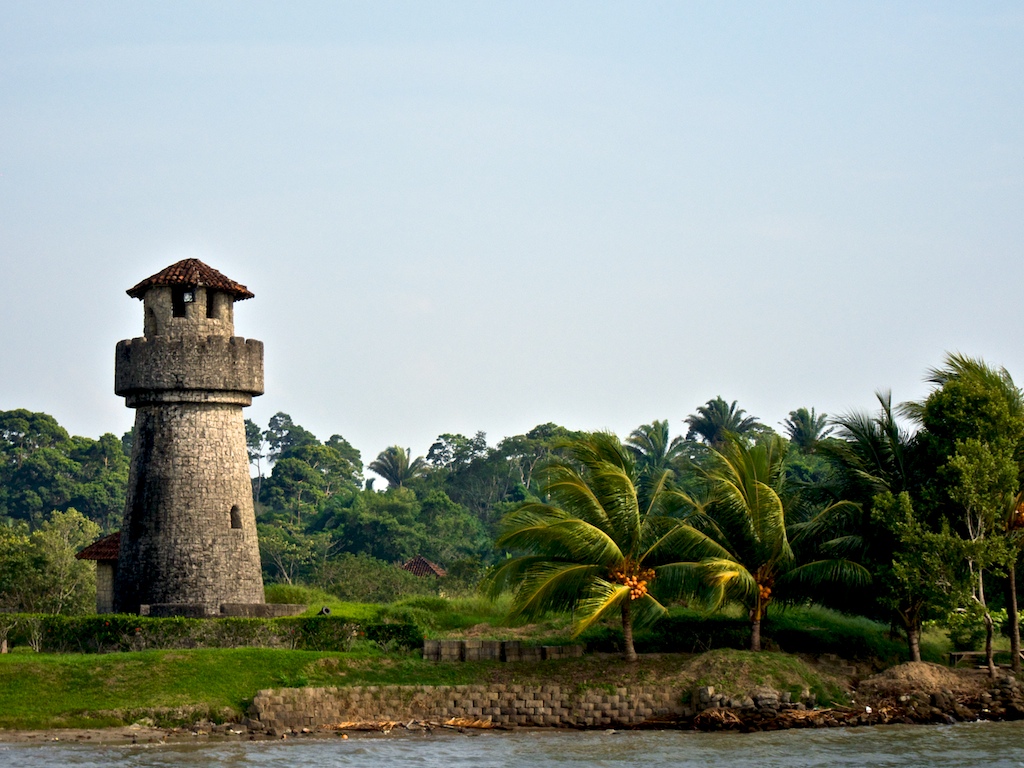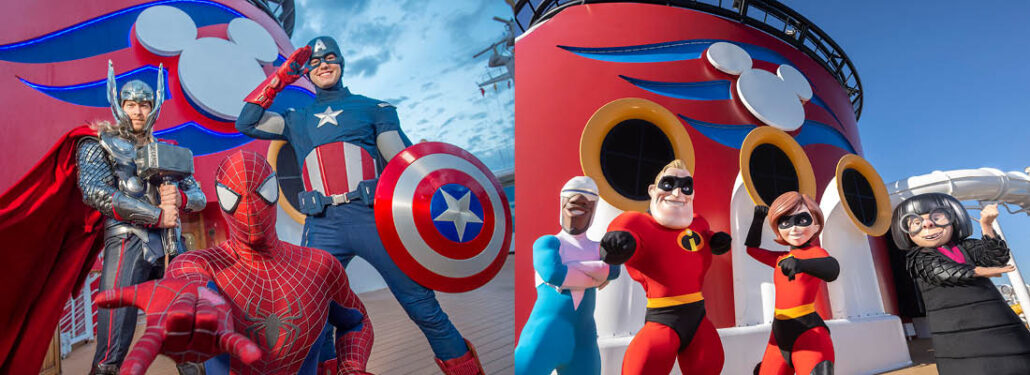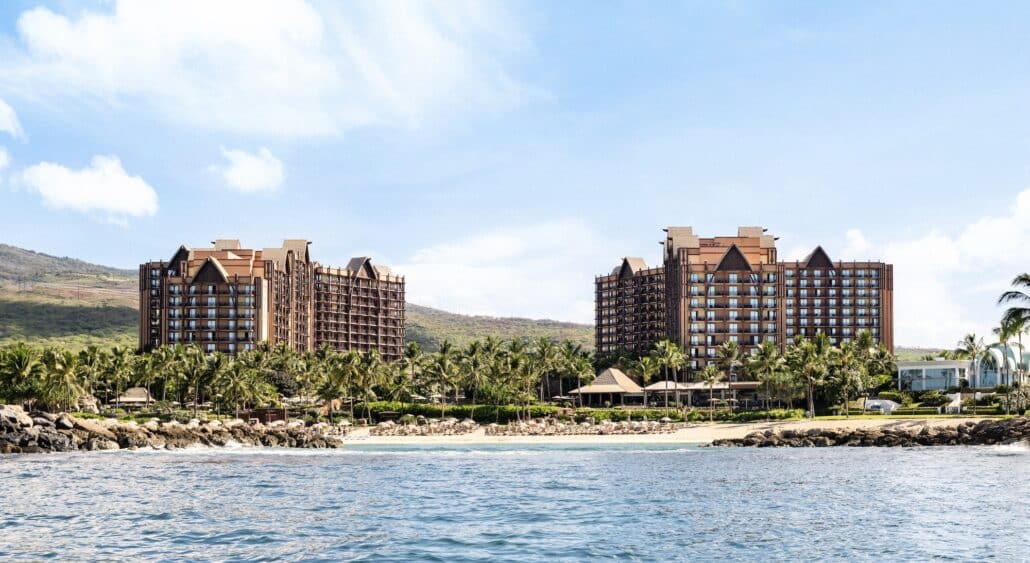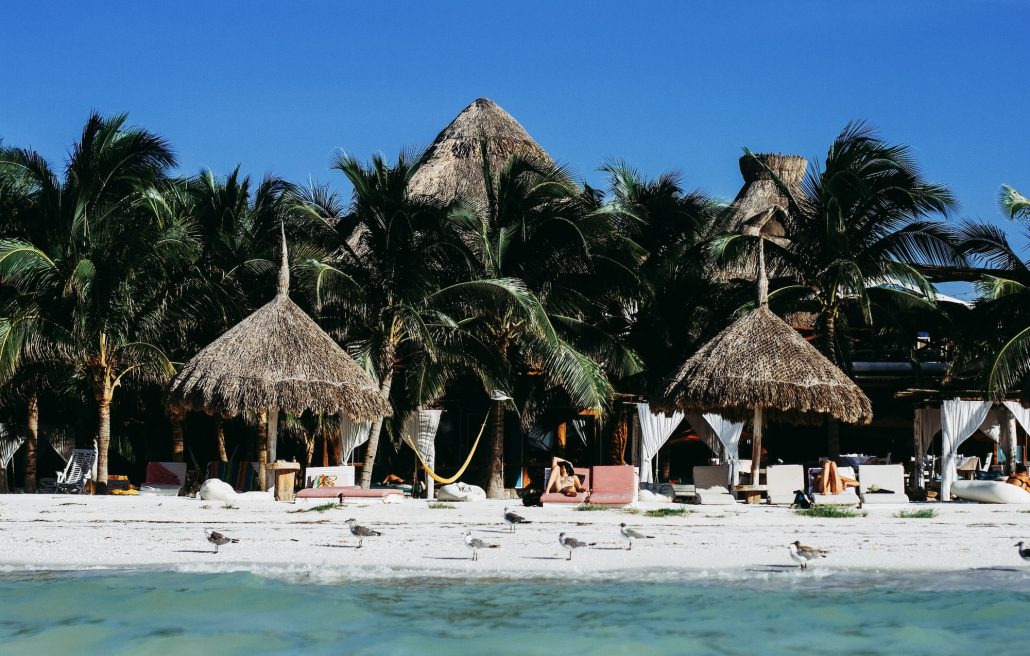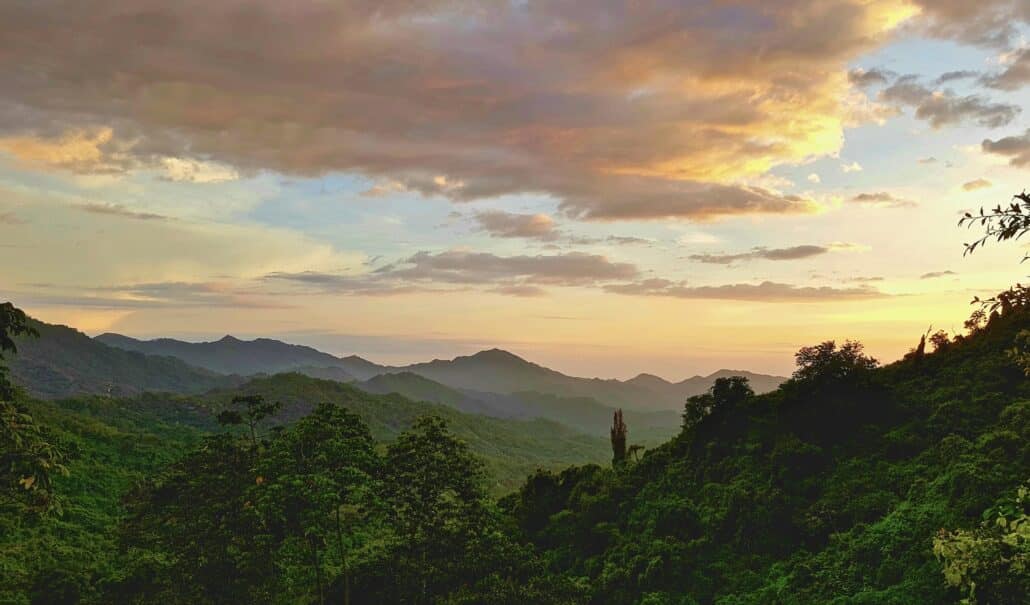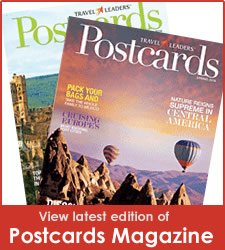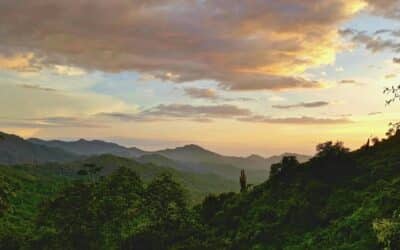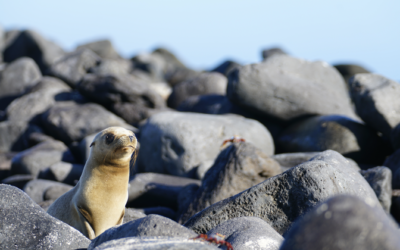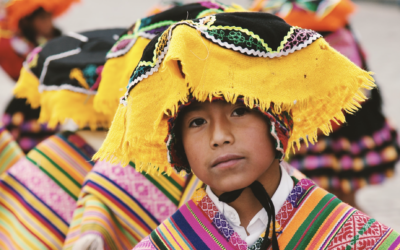Client Review: Guatemala with Avanti Destinations
We spent 11 days in Guatemala, traveling to a different location each day. We were with a small “guided tour” group. The people in the group changed a couple times during the week. We never had more than 6 in the group and on our final day, it ended up just being the two of us.
Guatemala City is often described in the travel books as crowded, noisy, dirty, not very safe and with no redeeming qualities. While we found this to be largely true, there we some areas near the Barcelo Hotel where we stayed with numerous sculptures and memorials that might have been interesting to explore if we had had more time. Many that travel to Guatemala skip Guatemala City all together and go straight to Antigua. There is little to be missed in Guatemala City.
[justified_image_grid ids=”file” filterby=off filterby=off columns=”7″ ids=”4808,4809,4810″]
Our next stop was Chichicastenango (or Chichi for short.) Chichi has the largest market in Guatemala and one of the largest in Central America. In many ways Chichi was the most “foreign” to us. We tend not to go to the markets when we travel and Chichi on a Thursday (market day) IS all about the market. The town is largely Mayan and their religion, and hence culture is an interesting and complicated blending of Catholicism and Mayan religious beliefs and traditions. Chichi also had one of the most interesting cemeteries we have ever seen. They do all burials above ground. As we were in Guatemala during Lent, we were fortunate to see the beginning of the Lent processional in Chichi.
[justified_image_grid ids=”file” filterby=off filterby=off columns=”7″ ids=”4811,4812,4813,4814,4815″]
Next up was Solola, Lake Atitlan and Santiago Atitlan. Solola provided another large and very traditional market. In Chichi it was only the women we saw in traditional Mayan dress. In Solola both men and women were in traditional Mayan dress. The design of their clothing identifies their tribe (or nation) and region. While in Solola we got to visit a Shaman and watch as local residents went to “discuss their business” with him and seek his wisdom. We were able to observe one of the residents praying with the Shaman and making offerings after they had discussed his business.
[justified_image_grid ids=”file” filterby=off columns=”7″ ids=”4816,4817″]
Lake Atitlan, bordered by 3 volcanoes was as beautiful as we had read and envisioned. The Hotel Atitlan was a wonderful hotel with amazing gardens and felt a bit like paradise after the “2-star rustic” Mayan Inn in Chichi. We would have liked another day here.
[justified_image_grid ids=”file” filterby=off filterby=off columns=”7″ ids=”4818″]
The following morning we took a boat across Lake Atitlan to the very interesting town of Santiago Atitlan. We wondered through the market and neighborhoods but the highlight was the weaving shop. We were able to go right into the shop and watch the weavers at work. Much to the surprise of our small tour group, it was men doing the weaving. As it is primarily the women that sell the completed textiles at the market, we all had expected the women would also be the weavers.
[justified_image_grid ids=”file” filterby=off filterby=off columns=”1″ ids=”4819″]
We left Santiago Atitlan by boat and after a short ride, we connected again with ground transport for the drive to Antigua. The Santa Domingo hotel in Antigua was fascinating as it was built around an old monastery that was very heavily damaged in a 1773 earthquake. We happened to be there on a Saturday night and the facility was set up to host a large, upscale wedding. On Sunday we were able to experience another Lent Processional. In Antigua for this once-a-year event they close down some of the roads and create “natural carpets” on the roads made from died wood chips, flowers, produce and other plants. The Natural Carpets are an amazing site and soon as the processional goes over them, they are destroyed.
[justified_image_grid ids=”file” filterby=off filterby=off columns=”7″ ids=”4820,4821,4822,4823″]
After the amazing Lent processional in Antigua it was back on the tour bus for the drive to Copan, Honduras for our first tour of Mayan ruins. The primary structures seen here are the Grand Plaza and a neighborhood for the wealthy Mayan. Of particular note is the well-known Altar Q that shows the passing of power between all 16 Mayan kings of Copan. The final 2 kings are shown on the front of the Altar Q holding hands. The altar was constructed during the reign of final king and some believe he knew it would be end of his civilization in Copan, and hence the final passing of the power.
[justified_image_grid ids=”file” filterby=off filterby=off columns=”7″ ids=”4824,4825,4826″]
Following Copan it was back to Guatemala to the ruins at Quirgua. Here you see a number of altars, large Stella and Zoomorphas sculptures. Here we learned in some detail of human sacrifice that was part of the Mayan religion, the altar used and how it was used (we will spare the gruesome details here). There is much obsidian stone in the area and it was used for example to construct knifes that were used in the sacrifice rituals.
[justified_image_grid ids=”file” filterby=off filterby=off columns=”7″ ids=”4827,4828,4829″]
From Quirgua it was a rather long 5 hours drive for a night at the Amatique Bay Hotel in Puerto Barrios. Puerto Barrios is a crowded, busy port town and thankfully our hotel was outside of the town itself. Our tour bus simply drove through Puerto Barrios and the guides spent no time telling us anything about it. It did not look like there was much to tell!!
[justified_image_grid ids=”file” filterby=off filterby=off columns=”7″ ids=”4831,4830″]
From Puerto Barrios we travelled by boat to a small town called Livingston on the Rio Dulce (Sweet River). Livingston is a small, but interesting town with many fisherman and of course a market. There where a fair number of Discos on the beach there, but alas were there early in the day so none were open! From Livingston we continued by boat up the Rio Dulce. The Rio Dulce is a calm, beautiful river that is abundant with wildlife including many birds. It is bordered on both sides by thick jungle. We spent the night at another fairly rustic hotel called the Catamaran.
[justified_image_grid ids=”file” filterby=off filterby=off columns=”7″ ids=”4835,4834,4833,4832″]
The following day did not involve any touring; it was simply a long commute from the Catamaran Hotel to the Peten Department (e.g., state, province). In Peten we spent the night at the Camino Real Tikal Hotel. It was a fairly large facility and we saw only 2 other guests during our stay.
[justified_image_grid ids=”file” filterby=off filterby=off columns=”7″ ids=”4836″]
The following day was off to Tikal National Park for our last day of touring. Here, we saw many of the Mayan structures that are commonly seen in photographs, including the well-known Temple I. It is an amazing complex and makes you wonder how they did it. How did they build all of this at the time they did with they tools they had and no wheel!!! This was a very nice way to conclude our visit.
[justified_image_grid ids=”file” filterby=off filterby=off columns=”7″ ids=”4837,4838,4839,4840″]
On our way to the airport in Flores (to fly back to Guatemala city for our final night) we had a little extra time so we got an unplanned and quick tour of the island (and town) of Flores.
[justified_image_grid ids=”file” filterby=off filterby=off columns=”7″ ids=”4841″]
Guatemala is a very interesting country with a lot of rustic beauty. It is certainly not paradise and is probably best described as a developed 3rd world country. Guatemala is a very poor country with reportedly 75% of the population living below the poverty line and with the 90%+ of the wealth controlled by less than 10 families. The average citizen earns around $350/month. That all said it is a country that is rich in history and language with 22 Mayan tribes all having their own language and culture. This creates great challenges for public education and 25% of the population is illiterate. Our visit to Guatemala was probably the most interesting trip we have been on and we learned a lot.
Thank you Mark and Libby for your great review and sharing your photos! ~ Rachel.
Latest posts by TVL Leaders (see all)
- Honeymoon Mediterranean Style - April 19, 2024
- FREE 2nd Guest with Norwegian Cruise Line - April 19, 2024
- Save $1000/Couple on select Globus 2024 Europe and North America Tours - April 19, 2024

